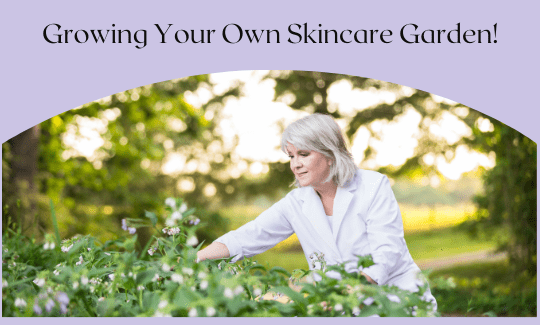Have you ever consider growing your own skincare garden? Go to any beauty counter or online beauty store, and you’ll find hundreds (if not thousands) of skincare products featuring plant-based extracts. Regenerative creams with rose geranium oil, anti-wrinkle serums made with comfrey root, and face masks blended with honey and turmeric…the options are literally endless!
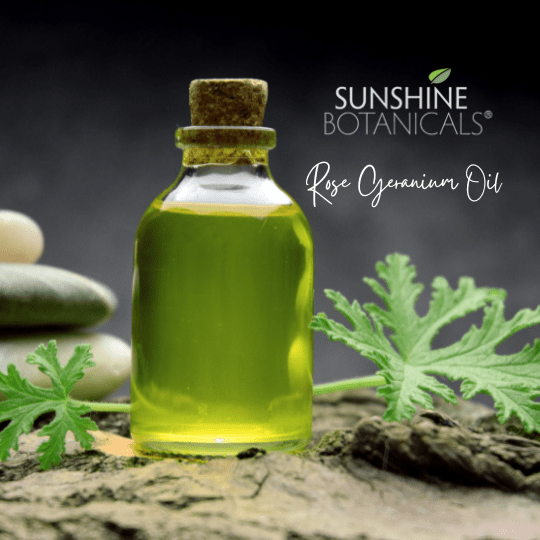
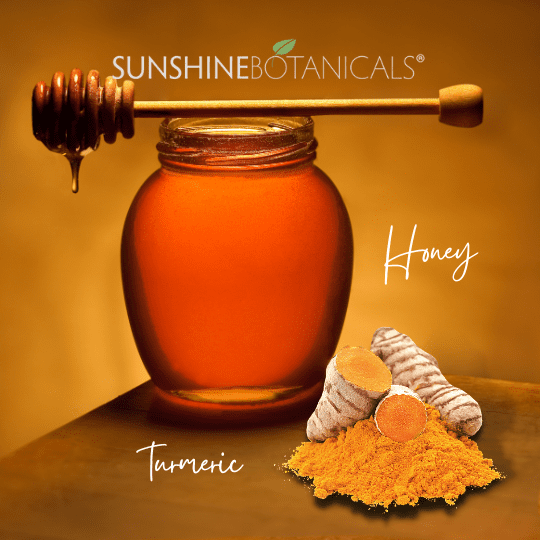
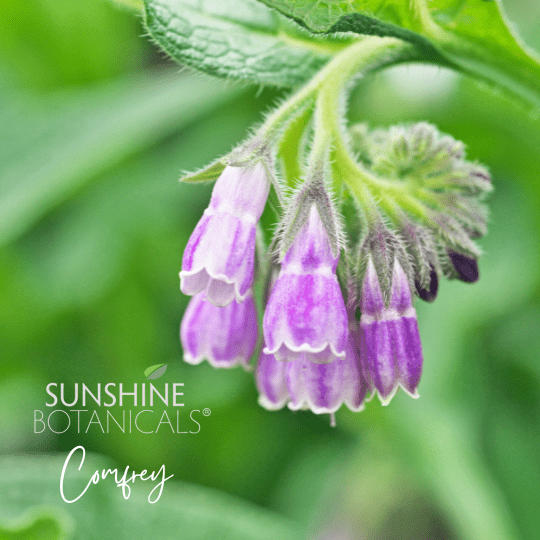
The age-old art of creating beauty products from natural ingredients is a time-honored tradition. The medicinal plants and roots are available to us provide a sustainable supply of unique ingredients to create beautiful botanical formulations.
From lavender and rose in your garden to nettles, plantain, and jewelweed growing wild nearby, we have easy access to many common plants with great skin benefits we can include in our daily skincare routine. Gardening is a relaxing hobby that is fun and can create ingredients for simple beauty products or teas you can make yourself – how cool is that?
As springtime arrives, people everywhere are getting outside again and super excited to “dig in the dirt” on a warm spring day. I don’t know about you BUT, gardening on any scale is way better than therapy, PLUS you get tomatoes (or eye cream – whichever you prefer!) Working with plants is so grounding and healing for the soul… My absolute favorite herbal medicine and plant guide in my library is “Practical Herbalism”, by Dr. Philip L. Fritchey (my late husband – Sunshine Botanicals’ original master herbalist) – it’s a total “how-to must-have” if you want to grow your own beauty and wellness garden!
Although many ingredients and extracts you might come across seem exotic, many others grow right in your backyard! They may grow in your garden (deliberately planted) or as appear simply as ‘weeds’… acne fighting thyme, soothing aloe vera, yellow dock for all kinds of skin eruptions, and gently toning rose petals are just the very tip of the iceberg…) this is sooo much fun!
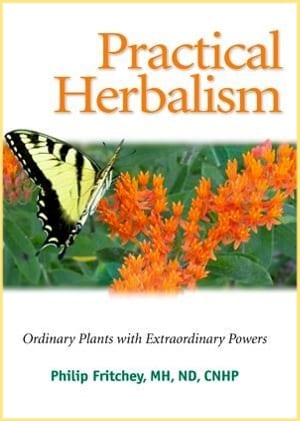
Anyway, with this being said, the downside of growing your own skincare garden is all the intense sun exposure that goes with it (every rose has its thorns, right)?? Think about it…you spend money, take the time, and work hard to grow pristine, vibrant, and skin-nourishing plants. In tandem, you slather on a mass-marketed toxic chemical soup they call sunscreen, or as you may call it – SPF. It doesn’t make sense, right?
Sunscreens come in many formulations and delivery methods, and finding the one you like best can take trial and error. Whether using an easy-to-use stick, or a rich moisturizer with anti-aging ingredients, a sport spray, the best sunscreen is the one you love and will use every day.
SPF stands for sun protection factor. The number identifies you how long the sun’s UVB rays would take before reddening your skin when using a particular sunscreen verses with the amount of time exposure without sunscreen. As an example an SPF 15 product applied as directed (Most applications state applied generously and evenly. Reapplied after two hours or after sweating or swimming). It 15 times longer to burn the skin than if you weren’t wearing sunscreen.
Broad Spectrum. The words “broad spectrum” on the label specify that the sunscreen contains ingredients that effectively protect against UVA rays and UVB.
Water Resistance. While sunscreens can’t claim to be waterproof, they can be labeled water-resistant for either 40 or 80 minutes. Yes, you can burn even when you’re in the water, so reapplying is key!
Sensitive skin. Products containing zinc oxide and titanium dioxide, sometimes called mineral or physical formulas, may be less likely to cause skin irritation in people with sensitive skin. Because it is less likely to irritate the skin, we created our ultra-pure Total Eclipse! High levels of zinc and titanium dioxide in this chemical-free, antioxidant-rich day cream are ideal for environmental protection.
Sun Damage vs. Cancer-Causing Sunscreens?
Which is worse?
What to Use – What to Avoid
KNOW YOUR INGREDIENTS!!
Benzophenone-4, also known as Oxybenzone.
A prevalent ingredient in FDA-approved sunscreens. Very effective at reducing UV exposure and is classified as a hazardous irritant for eye contact and slightly hazardous for direct skin contact. Read More -SAFETY DATA SHEET . This ingredient penetrates the skin and is also used to help other chemicals penetrate the skin. According to the Centers for Disease Control (CDC), 97 percent of Americans have this chemical circulating in their body. Also listed as a direct cause of coral bleaching by Robert Davanero et al. – there is a solid case to avoid all products using this ingredient:
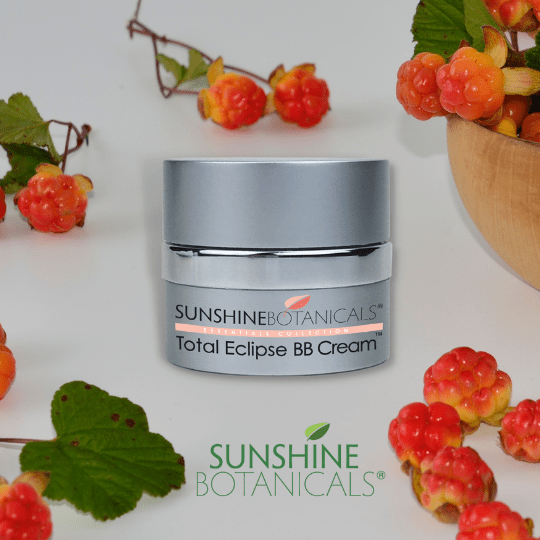
Other ingredients to avoid include:
- Avobenzone, also a benzophenone
- Cyclopentasiloxane / Cyclomethicone
- Formaldehyde, Diazolidinyl urea, Quaternium-15, DMDM Hydantoin, and Hydroxymethylglycinate
- Methylisothiazolinone
Myth: Sunscreen is for the beach and summer months…
People get the wrong idea from the name “sunscreen” alone. It shouldn’t be called “sunscreen”; it should be called “ultraviolet screen.”‘ “Sunscreen” implies that you should only wear it when you’re in the sun.” UV light is present even on cloudy or rainy days, she says. I see that people who are prematurely aging either don’t protect themselves at all or only protect themselves when they are in the sun. Waiting until you are in the sun is a faulty and dangerous perception. We are exposed to ultraviolet light rays of all sorts every day, and think about all the direct exposure to your face and hands when you are driving your car daily!
I hope this information helps you find your solution, and I can’t wait to show you more! Follow us on FB, YouTube, Our Blog, and sign up for our newsletter. Sending much love and blessings!!
My Passion Is Your Solution!
XOXOXO
![]()
